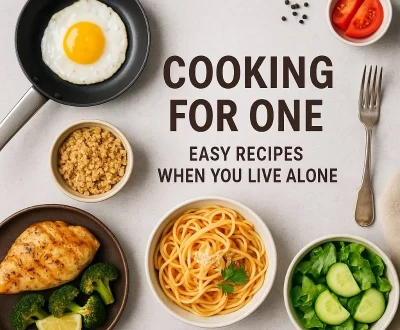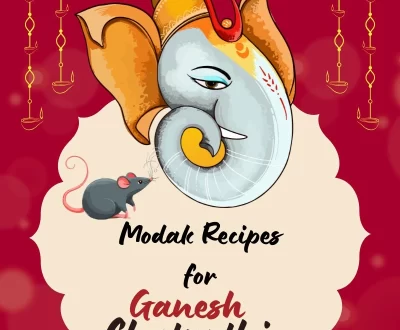Have you ever opened your fridge and found a bowl of rice, a couple of rotis, or a few vegetables lying around—unsure of what to do with them? Most of us simply throw them away. But the truth is, that “leftover food” is not waste at all. With a little creativity, it can be turned into delicious new dishes.
Welcome to the world of a Zero Waste Kitchen: cooking with leftovers, where every ingredient has value and nothing goes to the bin. Cooking with leftovers is not only about saving money—it’s about reducing food waste, living more sustainably, and bringing creativity into your daily cooking. Here are some of my Zero waste cooking recipes, which I love the most.

Why Zero Waste Cooking is Important
- Reduce Food Waste – Every grain of rice and every vegetable is precious. By reusing leftovers, we avoid throwing away food that could easily become another meal.
- Save Money – Reusing food means fewer grocery bills and less wastage.
- Healthy Living – Home-cooked leftover recipes are often healthier than ordering takeout.
- Eco-Friendly Kitchen – A zero waste kitchen helps reduce pollution and supports a sustainable lifestyle.
Easy Leftover Recipes to Try at Home
1. Leftover Rice Recipes
- Fried Rice – Add chopped vegetables, soy sauce, and leftover rice for a quick dinner.
- Rice Cutlets – Mix rice with potatoes and spices, shape into patties, and shallow fry.
- Rice Kheer – Turn plain rice into a creamy dessert with milk, sugar, and cardamom.
2. Leftover Roti Recipes
- Roti Chips – Cut rotis into pieces, brush with oil and spices, and bake until crispy.
- Roti Wraps – Stuff leftover roti with sabzi or paneer for a quick lunch.
- Roti Upma – Tear rotis into small pieces and sauté with onions, tomatoes, and masala.
3. Leftover Vegetable Ideas
- Vegetable Soup – Slightly old vegetables can be boiled, blended, and spiced into a warm soup.
- Mix Veg Paratha – Mash vegetables, stuff them in dough, and make parathas.
- Veg Cutlets – Combine leftover cooked vegetables with breadcrumbs for a crispy snack.
4. Leftover Dal Recipes
- Dal Paratha – Use dal as a filling for parathas.
- Dal Soup – Add garlic, pepper, and herbs to leftover dal for a light soup.
- Dal Khichdi – Mix dal with rice for a quick and comforting khichdi.
5. Leftover Bread & Fruit Hacks
- Masala Bread Toast – Fry old bread with onion, tomato, and spices.
- Bread Pudding – Mix stale bread with milk, sugar, and nuts for a sweet treat.
- Banana Pancakes – Overripe bananas are perfect for fluffy pancakes or smoothies.
Kitchen Tips for a Zero Waste Lifestyle
- Plan meals in advance to avoid cooking too much.
- Store leftovers properly in airtight containers.
- Get creative—look at leftovers as ingredients, not waste.
- Share food with neighbours or those in need.
- Compost vegetable peels to give back to the soil.
Cooking with Gratitude
A zero waste kitchen is more than a trend—it’s a lifestyle. It’s about respecting the effort that goes into growing food and being thankful for what we have. Leftover food is not “just leftovers”; it’s a chance to cook something new, tasty, and sustainable. Add Zero waste cooking recipes to your daily kitchen.
When we practice zero waste cooking, we not only save money and reduce waste, but we also take care of the planet. It’s a small step with a big impact.
Next time you see leftover rice, roti, or dal in your kitchen, don’t throw it away. Instead, think of it as the beginning of another meal. With these easy leftover recipes, your kitchen can truly become a zero waste kitchen—a place where nothing is wasted, and everything is transformed.
Because food is not just fuel—it’s a blessing. And in a zero waste kitchen, every bite counts.
Check out our other blogs-5 Easy Kitchen Organizing Tips for a Happier Cooking Space
Hi, I am Nikita - the Heart, hands & taste buds behind Home Cooking Life. Welcome to my kitchen! Lert's cook, taste & create delicious memories together.
More from our blog
See all postsRecent Posts
- 7 Delicious Paneer Recipes You Must Try at Home October 7, 2025
- 10 Most Useful Kitchen Products Every Home Needs September 4, 2025
- Easy Recipes When You Live Alone: Cooking for One August 18, 2025









Pingback: 7 Delicious Paneer Recipes You Must Try at Home - Home Cooking Life